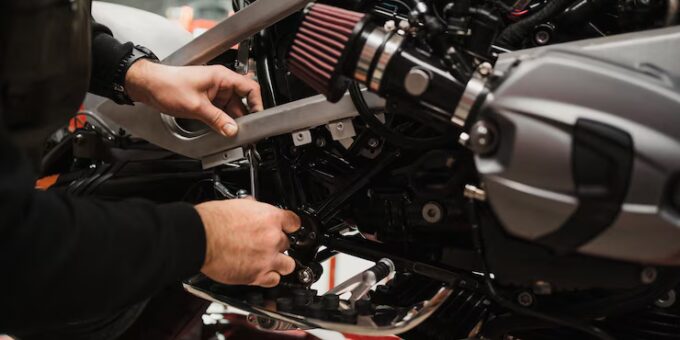
Introduction
In the world of automotive tuning, few modifications offer a more noticeable improvement in driving dynamics than suspension upgrades. The top suspension mods to improve handling and ride quality go beyond just stiffening the ride — they refine how your car responds to the road. Whether you’re aiming for razor-sharp cornering or a plush commute, suspension mods can truly transform your experience behind the wheel.
Let’s face it — the stock suspension setups found in most vehicles are a compromise. Manufacturers design them to meet broad comfort expectations, reduce cost, and maintain safety across different road conditions. But for those who demand more — precision, responsiveness, comfort, or track-ready stability — aftermarket suspension tuning is the golden key.
In this ultimate guide, we’ll break down the most effective suspension upgrades and explain not only what to change, but why it matters. With real-world insights and mechanical reasoning, this isn’t just a list — it’s your new suspension playbook.
Upgrading to Performance Shocks and Struts
Performance shocks and struts are the gateway to a better suspension system. While OEM dampers are tuned for comfort and longevity, performance variants aim for sharper handling, improved rebound control, and better road feedback.
Monotube shocks, often used in performance applications, provide better heat dissipation and more consistent damping. In contrast, twin-tube shocks offer a more forgiving ride at the expense of outright performance.
Swapping to performance shocks doesn’t just reduce body roll and nose dive — it lets you feel more connected to the road, something every driving enthusiast craves.
Benefits of Coilover Kits
Coilovers combine a spring and shock into one adjustable unit. This gives you the power to dial in:
-
Ride height
-
Compression and rebound damping
-
Corner balancing
Unlike lowering springs, coilovers offer precision tuning. With the right setup, you can go from daily comfort to track-ready stiffness at the twist of a knob.
For those wanting a blend of visual drop, adjustable damping, and corner-carving performance, coilovers are the best all-in-one upgrade.
Why Sway Bars Make a Difference
Also known as anti-roll bars, sway bars reduce the body’s tendency to lean during cornering. They connect the left and right wheels, resisting roll by transferring force across the axle.
Installing thicker or adjustable sway bars can:
-
Sharpen turn-in
-
Increase high-speed stability
-
Balance understeer/oversteer dynamics
They’re especially effective when paired with stiffer bushings or end links.
Lowering Springs vs. Coilovers
Lowering springs are a cost-effective way to improve aesthetics and reduce body roll. They work best for those who want modest handling gains without complicated adjustments.
Coilovers, however, offer more tuning flexibility. The trade-off? Higher cost and more complex installation.
In essence, if your goal is purely to look lower and feel slightly sportier, go with springs. But if you want serious adjustability and tailored performance, coilovers are worth every penny.
The Impact of Adjustable Control Arms
When you lower a vehicle, you inevitably alter its suspension geometry. Adjustable control arms allow you to correct this by restoring proper camber and caster angles.
More than just fixing alignment, they enable fine-tuning for aggressive cornering or reduced tire wear — making them a necessity for serious tuners.
Upgraded Bushings: Polyurethane or Spherical
Factory rubber bushings are soft and flexible — great for comfort, terrible for performance. Upgraded bushings (polyurethane or spherical) reduce flex, improve handling response, and increase road feel.
-
Polyurethane: Offers a balance of firmness and compliance
-
Spherical: Provides zero play, ideal for race use (but may be noisy)
Either way, the result is tighter handling and better suspension feedback.
Why You Need Camber Kits
Camber kits adjust the tilt of your wheels. Negative camber helps tires grip better in corners, while positive camber can ruin tire wear and traction.
Especially important after lowering your ride, camber kits prevent uneven wear and ensure that the contact patch stays optimal — where rubber meets road, literally.
The Role of Strut Tower Braces
These braces tie the tops of the strut towers together, reducing chassis flex. Less flex equals more consistent suspension movement, improving both predictability and responsiveness.
They’re affordable, simple to install, and offer excellent bang-for-buck improvement in steering feel.